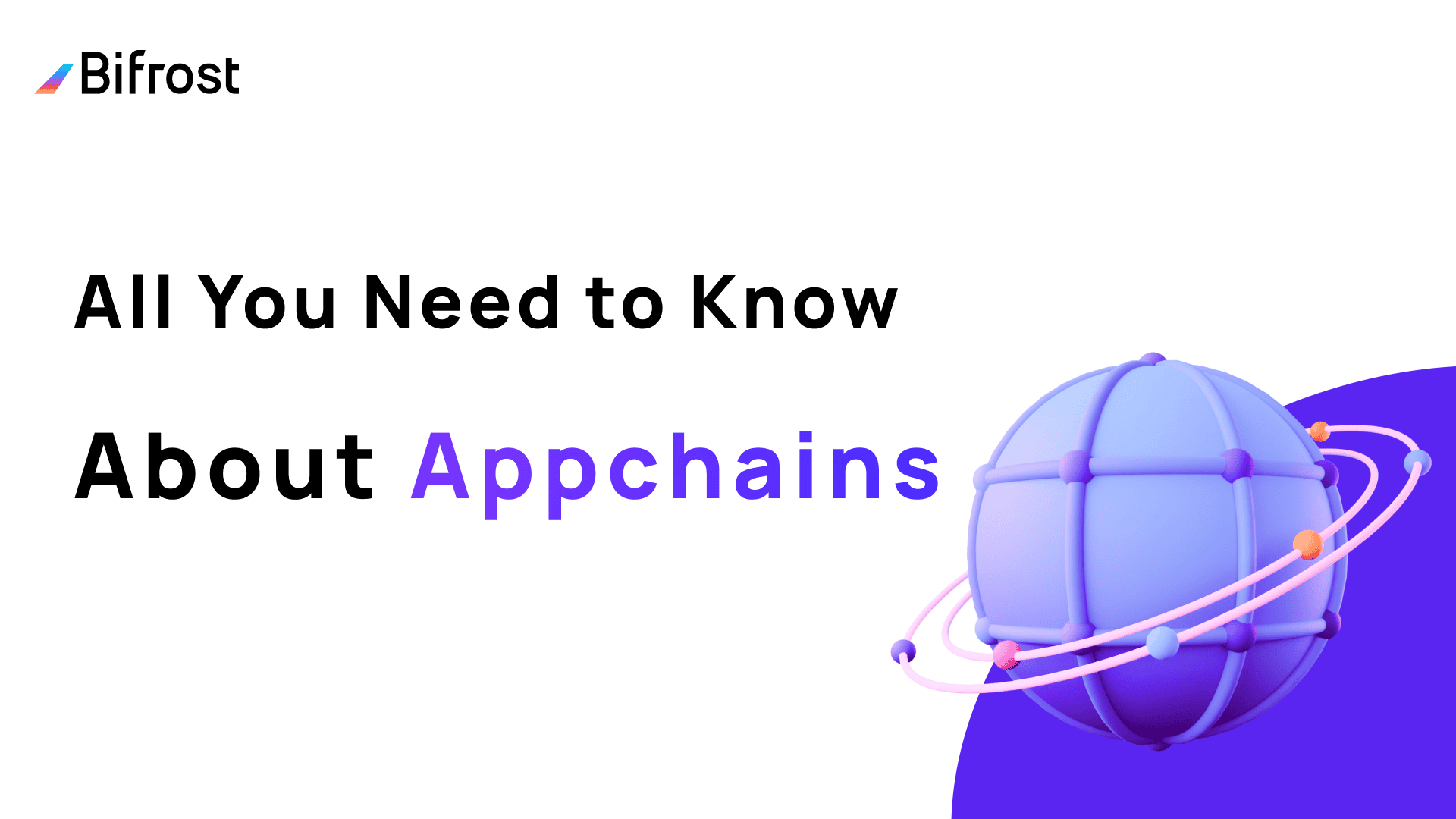
Since blockchain's creation, developers have faced an insurmountable "trilemma". It has proven difficult to produce a platform which excels simultaneously at security, decentralization and scalability - an arduous feat indeed!
Appchains were once seen as the panacea to scaling problems; they allow multiple chains to interoperate seamlessly while decreasing transaction load on individual chains while still upholding security and decentralization without compromise. But over time appchains have fallen behind other solutions: Layer 2 (L2). Recently discussions around L2 have intensified; rollups now being seen as key ways of reaching scaleability while maintaining security and decentralization simultaneously.
Developers who utilize appchains believe they offer unique value propositions, from using native tokens of dApps as payment to internalizing MEV (Miner Extractable Value) within blockchain solutions that generate revenue for them directly - creating more user engagement than L2 solutions ever could and generating revenues through MEV (Miner Extractable Value). Thus while L2 solutions have become the focus of attention recently, appchains will never go extinct!
What Is MEV?
Maximum Extractable Value, more commonly referred to as MEV, allows miners and validators to extract more value from blockchain through manipulating transaction placement in blocks. Historically this has led to negative behaviors like preemptive trading or sandwich attacks but good MEV strategies such as arbitrage clearing are key parts of making DeFi more efficient.
Developers of decentralized applications (dApps) may find having their own blockchain provides greater control of MEV, helping reduce malicious behaviors while at the same time increasing revenue for themselves as an independent dApp developer. As crypto matures and grows into new frontiers of investment and commerce, building profitable and sustainable businesses becomes even more critical to success.
MEV could become the driving force for further application chain launches in the future.
Who Can Benefit From MEV?
Though MEV can provide exciting revenue enhancing possibilities, not every crypto project stands to benefit.
MEV can truly benefit DeFi projects that specialize in clearing and arbitrage such as lending protocols, AMMs and perpetual DEXs; such as lending protocols, AMMs or perpetual DEXs that rely heavily on clearing/arbitrage dynamics like lending protocols/AMMs/PERpetual DEXs/perpetual AMMs etc if these projects were simply to launch on L1 or L2, such as lending protocols/AMMs/PERPETUAL DEXs etc; by simply using L1 and/or L2 for launch they would miss out on revenue altogether so it might be wiser for them to launch their own app chain so as to differentiate themselves from competition; for instance dYdX decided against Ether and created its own application chain using Cosmos as its foundation - an example which would suit well here!
MEV may not be appropriate if your application involves decentralized services like NFT or GameFi. L1 may provide more cost-efficient and simpler launching solutions - something Helium decided upon after switching their blockchain solution over to Solana.
Why Do We Need AppChains?
Beyond MEV, developers may also seek other reasons to launch their own appchains.
Transaction Fees and User Experience
Transaction fees on L1 chains present one major hindrance for non-crypto native users, making transactions confusing and cumbersome. Appchains offer developers an effective solution by enabling users to pay fees with their native token (dApp's native token or even gas free transactions), significantly streamlining user experiences and improving overall experience.
Scalability Needs
L2 solutions may have garnered much praise for their scalability; however, appchains also can provide superior scalability solutions. Gaming-focused apps require high transaction throughput with low latency for optimal operation - for instance FIFA Ultimate Team generates thousands of transactions each second that even L2 solutions find hard to manage efficiently; such games could become ideal candidates for adopting appchains as an efficient scalability solution.
Customizability and Adaptability
Launching an application chain gives dApp developers greater freedom in customizing the network's design, consensus mechanism, governance structure, and economic model to suit their application's exact specifications. While L1 chains should meet most general-purpose dApp needs, some niche applications may need certain protocol level modifications that need to be addressed specifically using appchains; with them developers can customize the network to their exact requirements.
Appchains on Polkadot Network
Polkadot, created and launched by Gavin Wood - co-founder of Ether - in 2016, provides developers with an interoperable blockchain network with shared security that enables interchain interaction through dedicated 'Parachains' connected via a central relay chain (relay chain). These Parachains may interact via central hub relay chains as communication tools between their parachains.
Each parachains can use its own consensus mechanism, virtual machine and governance structure for maximum flexibility and customization for developers. Polkadot also offers a shared security model which enables smaller parachains to benefit from the security offered by larger networks.
Bifrost - The Liquid Staking Appchain
Bifrost is a dedicated modular Liquid Staking L1 secured by Polkadot and built with the Polkadot SDK.
The easiest way to understand Bifrost is to see it as a derivative issuer that provides liquidity for all staked assets, issuing corresponding shadow assets during the bonding period of the original assets. At the same time, the shadow asset is a fungible Token that can be circulated in different DEXs, pools, protocols and across chains.
Bifrost's solution vToken (liquid staking voucher Token) enables users to convert their PoS tokens into vTokens in order to obtain staking liquidity and staking rewards synchronously, without barriers in cross-chain scenarios.
More info you can read A Deep Dive into Bifrost App Chain Liquid Staking Strategy
Tanssi - The Appchain Infrastructure Protocol
Tanssi offers developers in the Polkadot ecosystem an easier onboarding experience and facilitate development within this environment by offering Appchain. An Appchain is a modular parachain connected with Tanssi that utilizes its shared collators; when connected this allows more efficient block production and integration processes; additionally when projects join Tanssi Appchain they gain access to services, resources and tools designed to maximize resource usage as well as increase protocol efficiencies.
More info about how Tanssi works, you can read this overview



